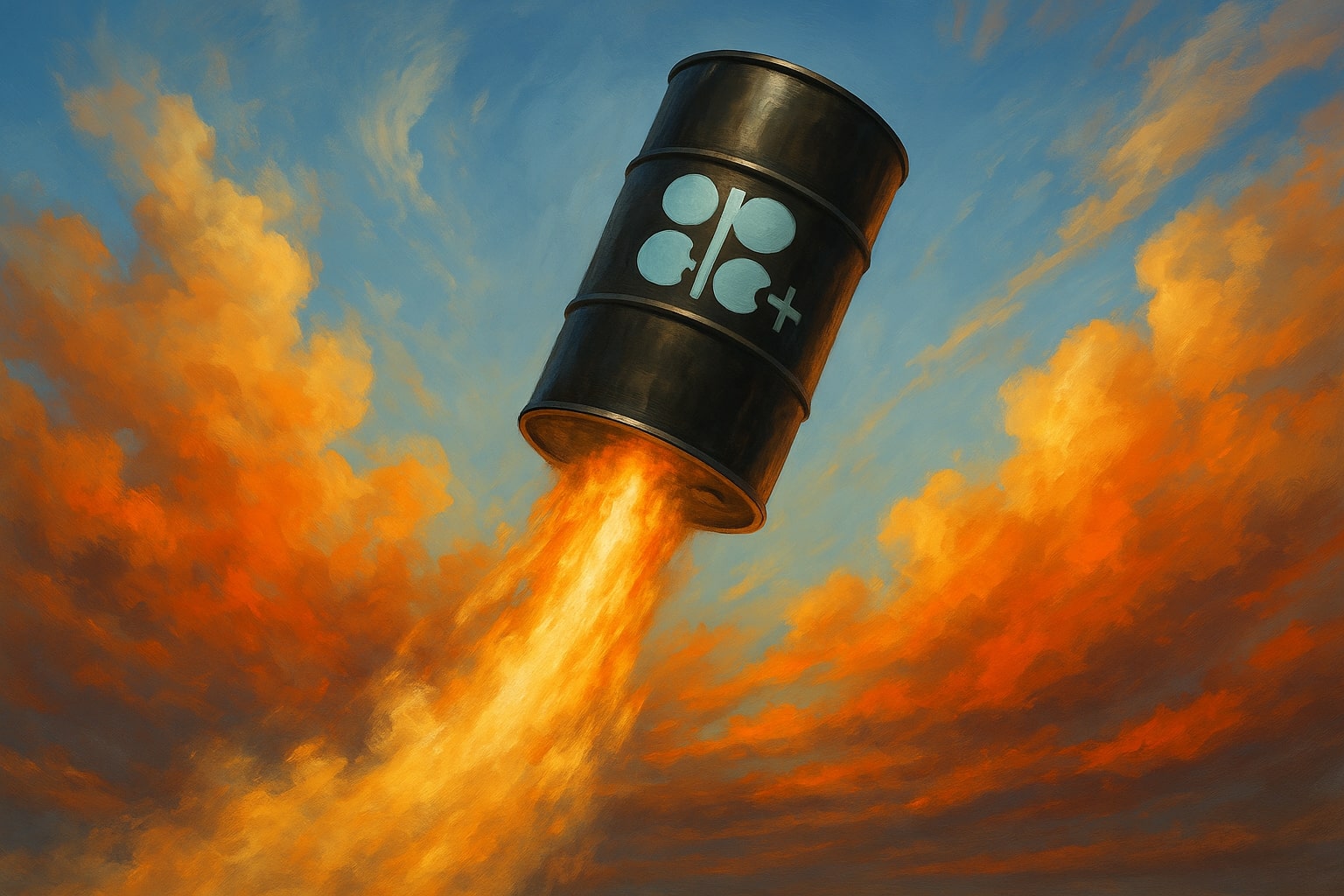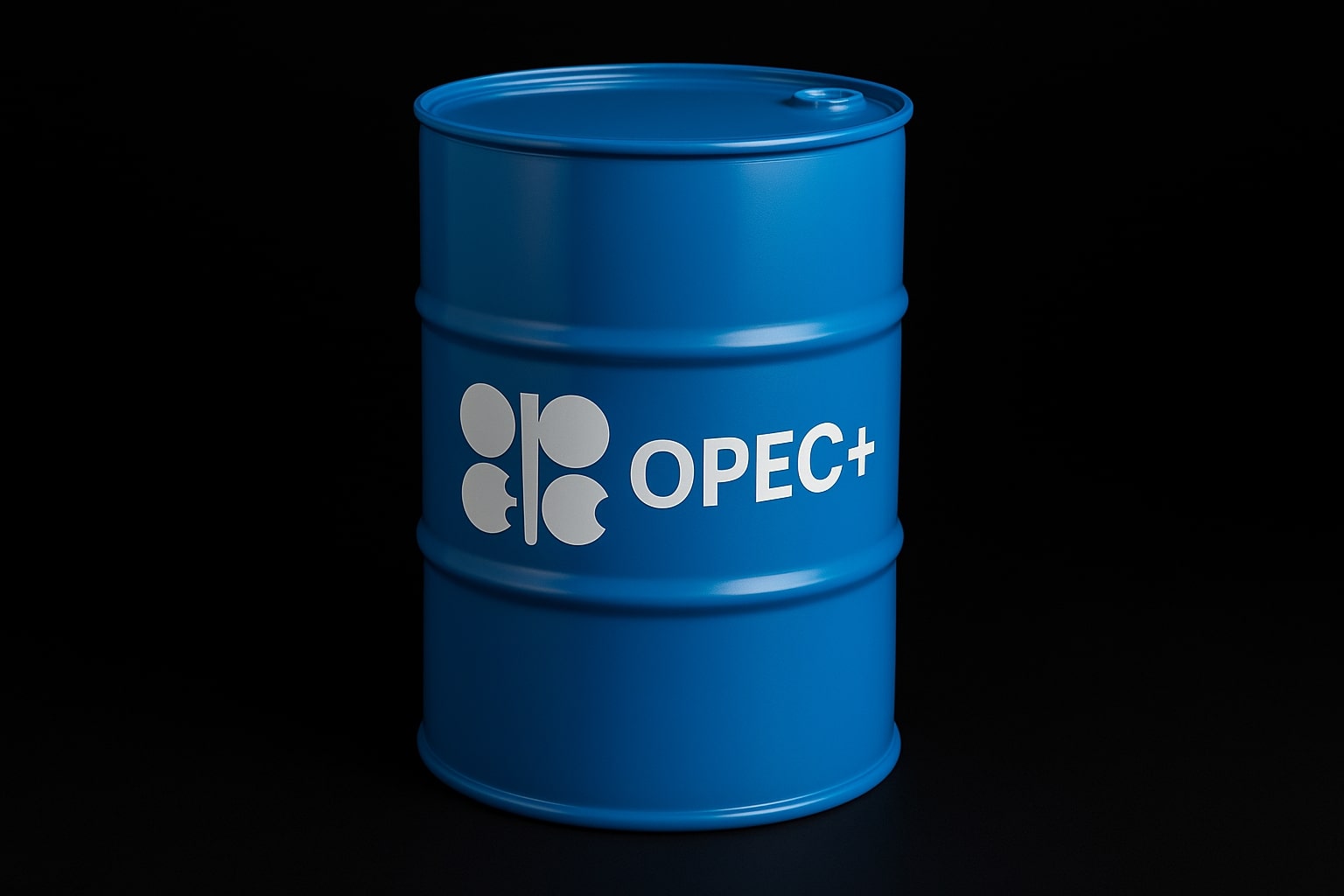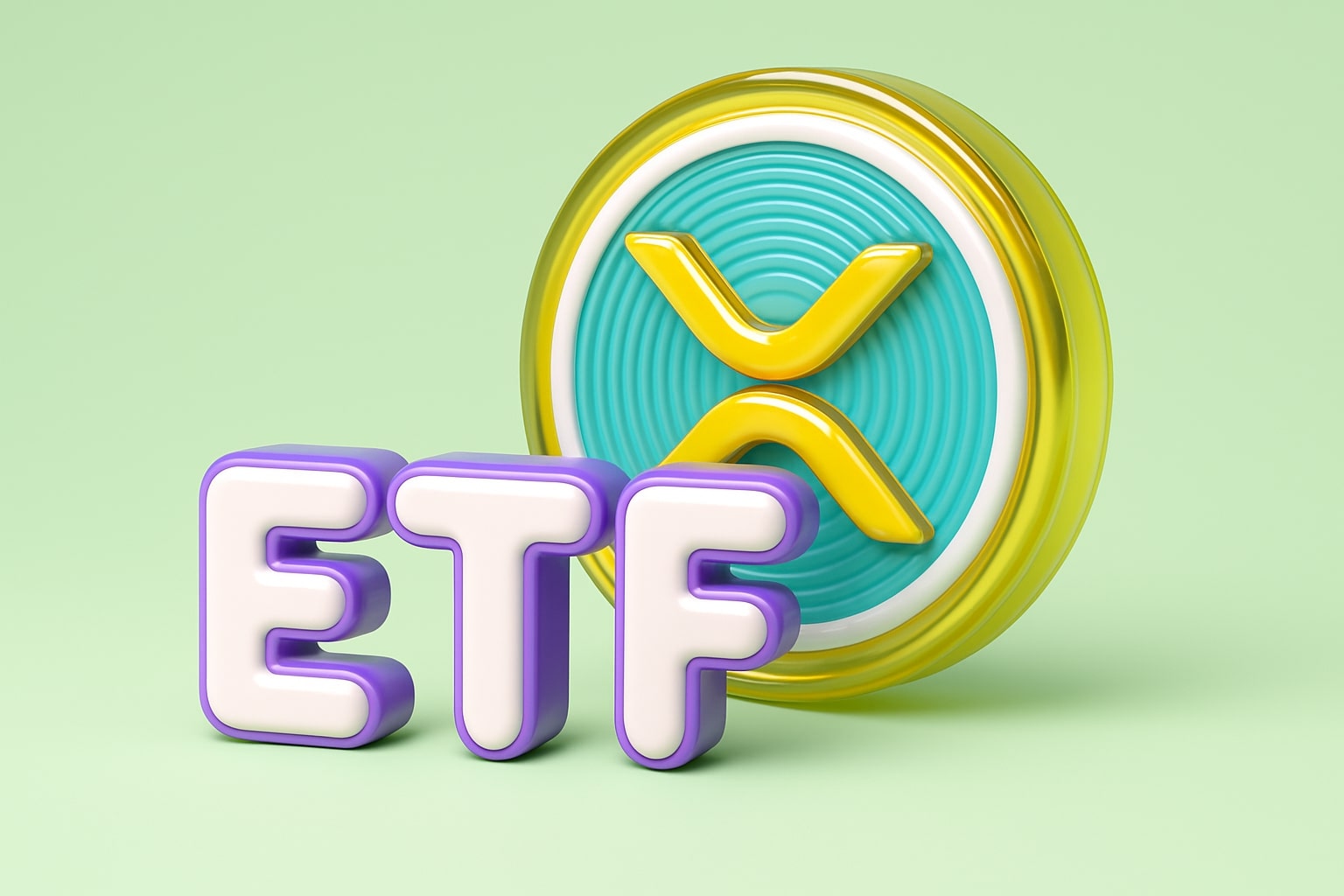Oil Drops Below $64, But Supply Risk Signals Undervalued Market
Oil markets are now staring at a valuation disconnect. With WTI crude trading at $63.64 and Brent hovering near $65.58, current pricing reflects short-term bearish flows but blatantly ignores multi-front supply disruptions and macro-political firepower that could reverse this trend aggressively.
The sub-$64 WTI price is being driven by technical stop-loss clusters and front-loaded paper selling, but physical market signals are flashing red-hot. Alberta wildfires are knocking out 350,000 barrels per day of Canadian production, and the knock-on effect on U.S. refiners already tight on high-sulfur crude is material. Goldman estimates that at least 9% of regional oil sands output has gone offline, yet this supply loss isn't fully priced into current futures curves.
Geopolitical Disruption Heats Up: Iran, Russia, and the Red Sea
Geopolitical headlines that would’ve pushed oil up $5 a barrel a year ago are now being shrugged off, yet the risks are real. Iran has reportedly rejected a fresh nuclear deal offer from the U.S., dashing hopes of additional supply normalization. Tehran remains under sanctions, but flows through intermediaries like Malaysia and Iraq have surged, providing marginal relief. That relief is fragile. If tension escalates even marginally, up to 1.5M barrels per day of Iranian flows could be at risk.
Add Russia into the mix. Moscow’s seaborne crude exports are falling again, despite attempts to skirt sanctions. May flows were down nearly 400,000 bpd month-on-month, according to tanker tracking data, and the Kremlin is now unofficially coordinating with OPEC+ to limit downside volatility. That’s in effect a soft floor — one that hedge funds are currently ignoring.
U.S. Inventories in Drawdown Mode, Yet Market Discounts Tightness
Last week’s EIA report showed a draw of 4.8 million barrels in U.S. crude inventories — a stark contrast to expectations of a 1.5 million barrel build. Gasoline inventories also dropped by 1.9 million barrels, pointing to peak driving season demand already kicking in ahead of the July 4th holiday ramp.
The implied gasoline demand has risen to 9.23M barrels per day, just shy of 2023's summer peak levels. Meanwhile, refinery utilization is trending above 92%, with Gulf Coast refiners scrambling for supply amid Canadian fire-related disruptions. The futures curve remains in backwardation, but the front-month softness is increasingly out of sync with physical spreads and crack margins.
OPEC+ Sends Mixed Signal, But Net Message Is Bullish
OPEC+ surprised markets by outlining a phased rollback of 1.65 million bpd of voluntary cuts starting in Q4 2024 and throughout 2025. On the surface, it’s a supply softening. But in practice, the cartel retains full flexibility to reverse course. Saudi Arabia, in particular, made it clear that the monthly review mechanism allows them to halt or even reinstate cuts depending on price stability. This built-in reversibility injects a call-option into supply expectations.
Importantly, UAE received a baseline hike of 300,000 bpd, effective from 2025, but remains committed to managing the market. Russia’s commitment to align with quota limits has also been reaffirmed through its Finance Ministry’s tax disclosures — crude export duties are set to rise sharply in July, indicating fewer barrels going out.
China and India Demand Rising Quietly Behind the Noise
While global headlines focus on OPEC+ and geopolitics, the two biggest incremental demand engines — India and China — are quietly surging. India’s April oil consumption hit a record 4.83M bpd, led by jet fuel and diesel. Chinese refinery throughput rose 5.4% YoY in May, with private refiners scaling up imports amid discounted Russian crude and robust export margins on refined products.
Beijing’s recent decision to inject $130 billion in liquidity through RRR cuts is likely to further stimulate industrial output and fuel demand. These are not marginal changes — they’re structural, and yet the market remains focused on short-term narratives like phased OPEC rollbacks or weak PMIs out of Europe.
Technical Breakdown Overshoots Fundamentals
The technical picture shows that WTI has broken below the $65 psychological support and is now hovering just above $63.50, with momentum traders targeting the $62.20 level. But RSI on daily charts is flashing oversold at 29.1, and MACD divergence signals a likely reversal. Brent, similarly, broke the $68 support and is now holding precariously at $65.57, with bullish divergence forming against volume collapse.
Call option volume on the $70 strike for July contracts has doubled in 48 hours, suggesting that institutional players are preparing for a snapback. Commercial hedgers are reducing short exposure — a clear tell that the downside panic may be near exhaustion.
Insider and Institutional Activity Signals Quiet Accumulation
Institutional flows into large-cap energy ETFs like XLE and XOP have seen net inflows of $1.2 billion in the last 7 trading sessions. That correlates with bottom-fishing in major oil names and suggests professional money is beginning to position for a Q3 rebound.
Hedge fund positioning, per CFTC’s latest CoT report, shows a +36,000 contract increase in net long WTI futures, the largest weekly gain since January. This shift is happening while retail sentiment remains flat — exactly the kind of asymmetry that precedes mean reversion rallies.
Verdict: Oil Is Undervalued by 18–22% vs Risk-Weighted Fair Value
When adjusting for wildfire production loss, geopolitical tail risk, and inventory drawdowns, a fair price for WTI should range between $75–$77, suggesting an undervaluation of roughly 18% from current $63.64 levels. Brent’s equilibrium, based on recent China/India demand flow and real OPEC export cuts, stands closer to $78–$80, or 21% upside from $65.57.
This is not a blind dip-buying moment — it’s a mispricing of fundamentals versus narrative. The current weakness reflects a market preoccupied with Fed noise and technical overselling, but the structural picture argues for a sharp summer re-rating. With Asia demand surging, inventories tightening, and geopolitical risk heating up, oil at $63 is not just cheap — it’s dislocated.




















